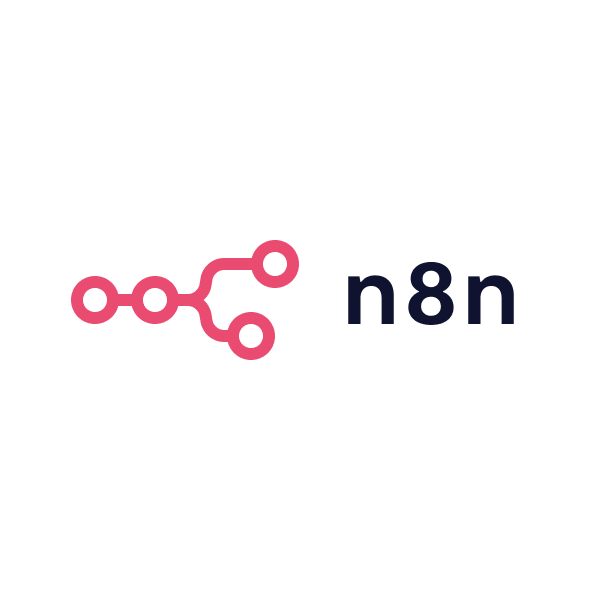I first started using Airtable as a growth hacker in 2014, and for several years, it was my go-to tool for managing everything from lead tracking to content management. I loved its user-friendly interface, and I could see how it bridged the gap between simple spreadsheets and more complex database management. However, after using Airtable extensively for six years, I transitioned to Notion in 2020, as I found it offered more flexibility for managing both tasks and knowledge in a centralised space.
This review is based on desk research, so while I haven’t used Airtable in the last couple of years, my experience and research into its latest features should provide a solid overview of its capabilities.
Strengths of Airtable
One of the things that made Airtable stand out for me as a growth hacker was how easy it was to set up and organise data. I used Airtable extensively to track campaigns, manage lead data, and collaborate with my team. The visual aspect of Airtable, with its various views (grid, kanban, calendar, etc.), made it much more intuitive than traditional spreadsheets. I could easily switch between views to get the insights I needed for each project, whether it was a detailed breakdown of tasks or an overview of campaign timelines.
Another major strength was Airtable’s flexibility in terms of customisation. I could create fields for different types of data, set up relationships between tables, and even integrate Airtable with other tools like Slack and Zapier to automate certain tasks. The ability to link different tables within a base allowed me to create a connected system that streamlined workflows across my team.
Limitations of Airtable
While Airtable is incredibly versatile, it does have its limitations. One challenge I faced was scaling it for larger teams. As my business grew, I found that Airtable’s pricing model, particularly for teams with complex needs, could become expensive. The paid plans offer more records, advanced automation, and increased functionality, but for smaller businesses, the costs could outweigh the benefits.
Additionally, while Airtable is great for tracking data, it lacks some of the advanced project management features that other tools like Notion or ClickUp offer. For example, I missed the task management features of Notion, which allow you to create detailed to-do lists, manage tasks by project, and track personal goals, all within the same workspace. Airtable’s automation features are useful, but not as intuitive as those found in tools dedicated to project management.
Ideal fit for marketing teams
Airtable is ideal for marketing teams that need a simple yet powerful way to manage data. If you’re working with large volumes of information, such as lead data, content management, or campaign tracking, Airtable is a great solution. It’s particularly useful for teams that require customisation in how they structure and view their data, whether in a grid, kanban board, or calendar view. Its collaboration features also make it an excellent choice for teams that need to work together on projects in real-time.
However, if your marketing needs go beyond data tracking and require more robust project management tools, you may want to look at alternatives like Notion, ClickUp, or Monday.com. These tools offer more comprehensive task management, goal tracking, and advanced reporting features that Airtable doesn’t provide out-of-the-box.









